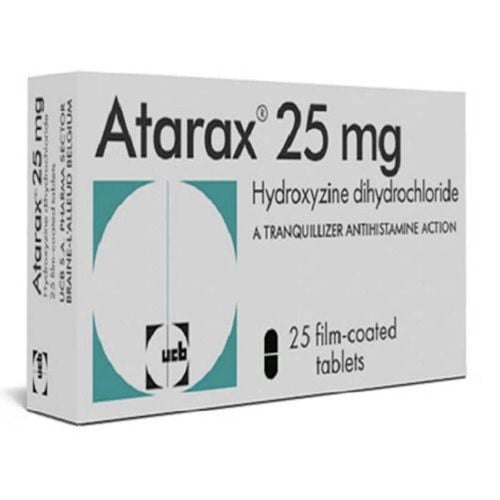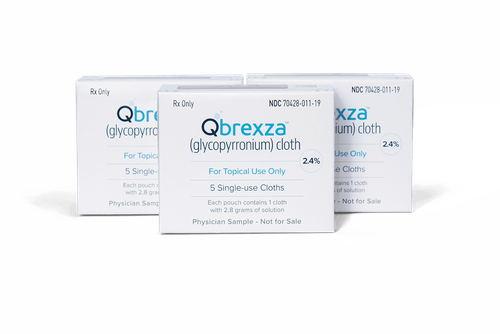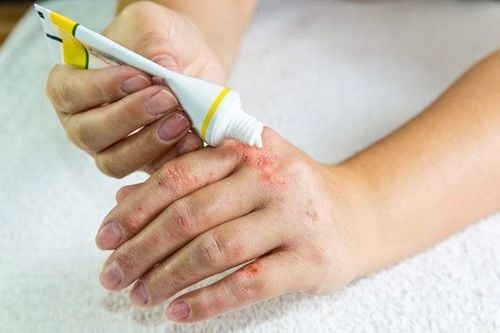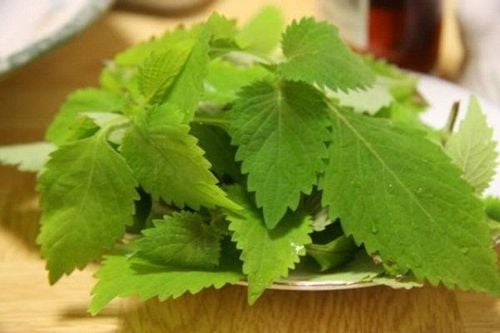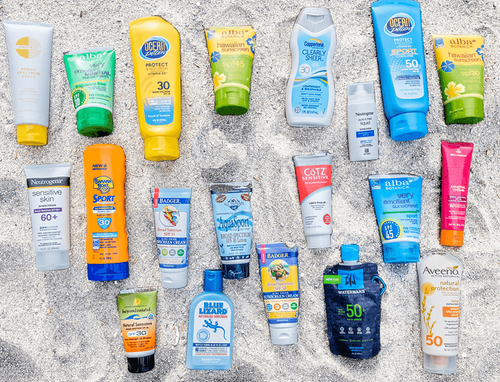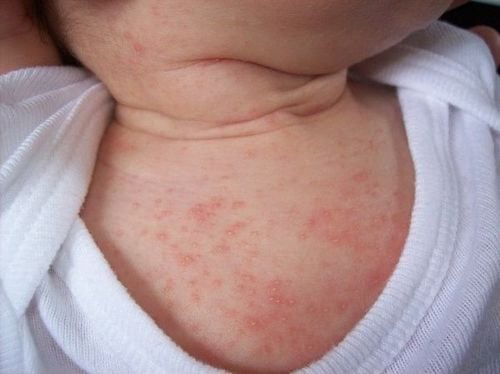This is an automatically translated article.
This article is professionally consulted by Master, Resident Doctor Dang Thi Ngoan - Pediatrician - Neonatologist - Department of Pediatrics - Neonatology - Vinmec Ha Long International Hospital.Entering the summer when the weather is hot and humid, it is a favorable condition to cause many diseases, especially skin diseases. Heat rash in children is the most common disease. Here are the reasons why heat rash often occurs in the summer?
1. What is rosacea?
Heat rash is a condition in which the sweat glands are blocked causing sweat stagnation, the excretory ducts are prone to dust or clogged, causing the skin to become inflamed and small pink pimples appear on the skin.In children, because the sweat gland ducts are not fully developed, in addition to hot summer weather, the child's body excretes a lot of sweat but does not get it out, causing stagnation of sweat and blockage of sweat glands.
Most children only get heat rash when it's hot, when the weather is cool, the rashes on the skin can go away on their own without causing any harm. However, there are also many cases of heat rash that cause children to itch, scratch a lot, causing skin scratches, further infection into pustules and boils.
Trắc nghiệm: các chỉ số cần chú ý về sự phát triển thể chất của trẻ
Chiều cao, cân nặng của bé ở từng giai đoạn nên là bao nhiêu là bình thường, bao nhiêu là bất thường? Cùng ThS.BS Ma Văn Thấm điểm lại xem bạn đã nắm được các chỉ số phát triển thể chất của bé chưa nhé!The following content is prepared under supervision of Thạc sĩ, Bác sĩ y khoa, Ma Văn Thấm , Nhi , Phòng khám Đa khoa Quốc tế Vinmec Dương Đông(Phú Quốc)
2. Types and symptoms of heat rash in children
2.1 Types of heat rash in children There are 3 types of heat rash in children, including:Miliaria crystalina: Usually occurs in young children due to delayed development of sweat ducts. It is the mildest type of heat rash that affects only the top ducts of the affected skin. This type of heat rash does not cause inflammation, itching, or pain. It is usually caused by a high fever and leaves patches of skin that peel off when the illness goes away. Rosacea (miliaria rubra) is the type that occurs deep in the skin. The affected area appears red, itchy skin. Usually occurs due to hot and humid weather. Miliaria profunda: This type of damage is in the deepest layer of the skin, occurs due to severe damage to the sweat glands, often after a prolonged red heat rash. It is the least common type of heat rash. 2.2 Symptoms of heat rash Children appear small blisters growing in clusters, on the background of red skin. The child is itchy, fussy, irritable, and irritable. Broken children can cause skin abrasions, infection into pustules or boils on the skin. Common location: Heat rash is mainly found in places with many sweat glands such as in the forehead, neck, shoulders, chest and back, but can also be found in the armpits and groin.
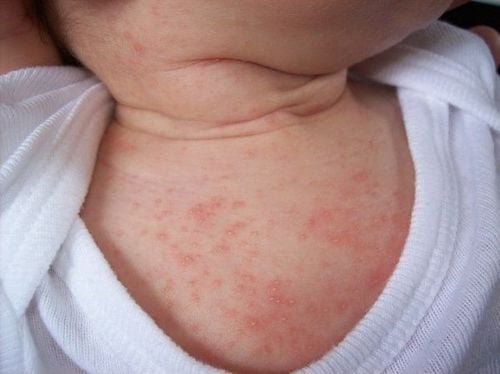
3. Why do children often get heat rash in the summer?
Summer is the time when heat rash occurs a lot because:The sweat ducts in children are not fully developed, so sweat has no way to escape. In the summer, when the hot weather stimulates the body to excrete a lot of sweat to avoid heat, a lot of secretion leads to sweat not escaping, causing blockage. Clogged sweat glands cause heat rash Sometimes in the summer when children are given clothes that don't absorb sweat or often wear diapers, or diapers that are too tight, sweat glands can also be blocked. . Summer is a time when bacteria thrive. Some bacteria that reside on the skin can also secrete mucus that clogs sweat ducts. Summer has been hot, if the child has a fever, the child is too active, the body will increase activity, which will increase the sweat production to help the body cool down. It is also the cause of blocked sweat glands.
4. Prevent heat rash for children

For children to be healthy and develop well, it is necessary to have a nutritious diet in terms of quantity and quality balance. If children are not provided with adequate and balanced nutrients, it will lead to diseases of excess or lack of nutrients, which adversely affect the comprehensive development of children in terms of physical, mental and motor skills.
Children who do not eat properly are at risk of micro-mineral deficiency causing anorexia, growth retardation, malabsorption,... If they notice the above signs, parents should supplement their children with products. The supplement contains lysine, essential micro-minerals and vitamins such as zinc, chromium, selenium, and B vitamins to help fully meet the nutritional needs of children. At the same time, these essential vitamins also support digestion, enhance nutrient absorption, help improve anorexia, and help children eat well.
Parents can learn more:
Signs of zinc deficiency in children
Micronutrient deficiency and failure to gain weight in children
Please regularly visit Vinmec.com website and update useful information to take care of your child. Take care of the baby and the whole family.






